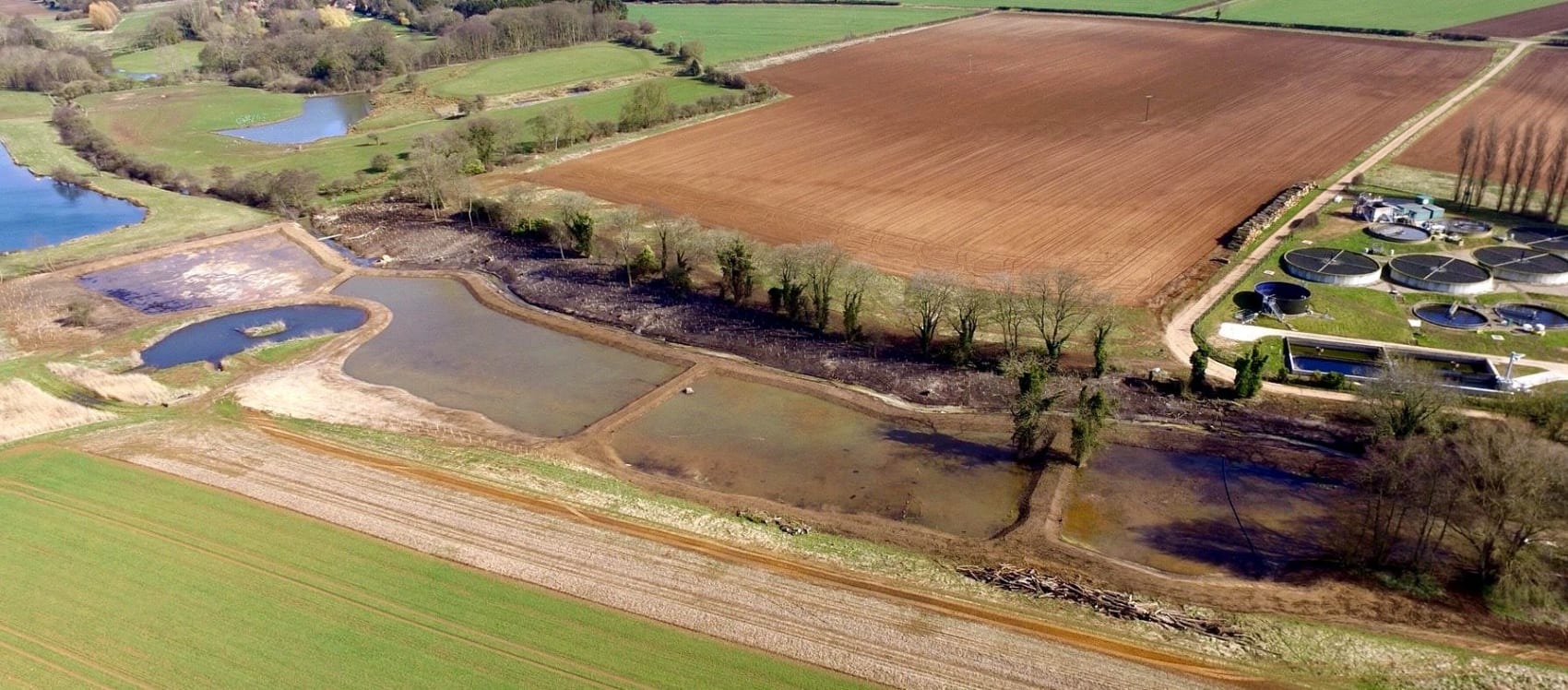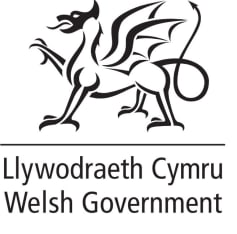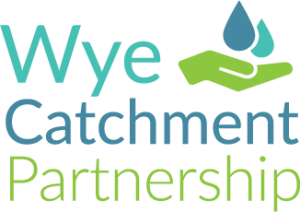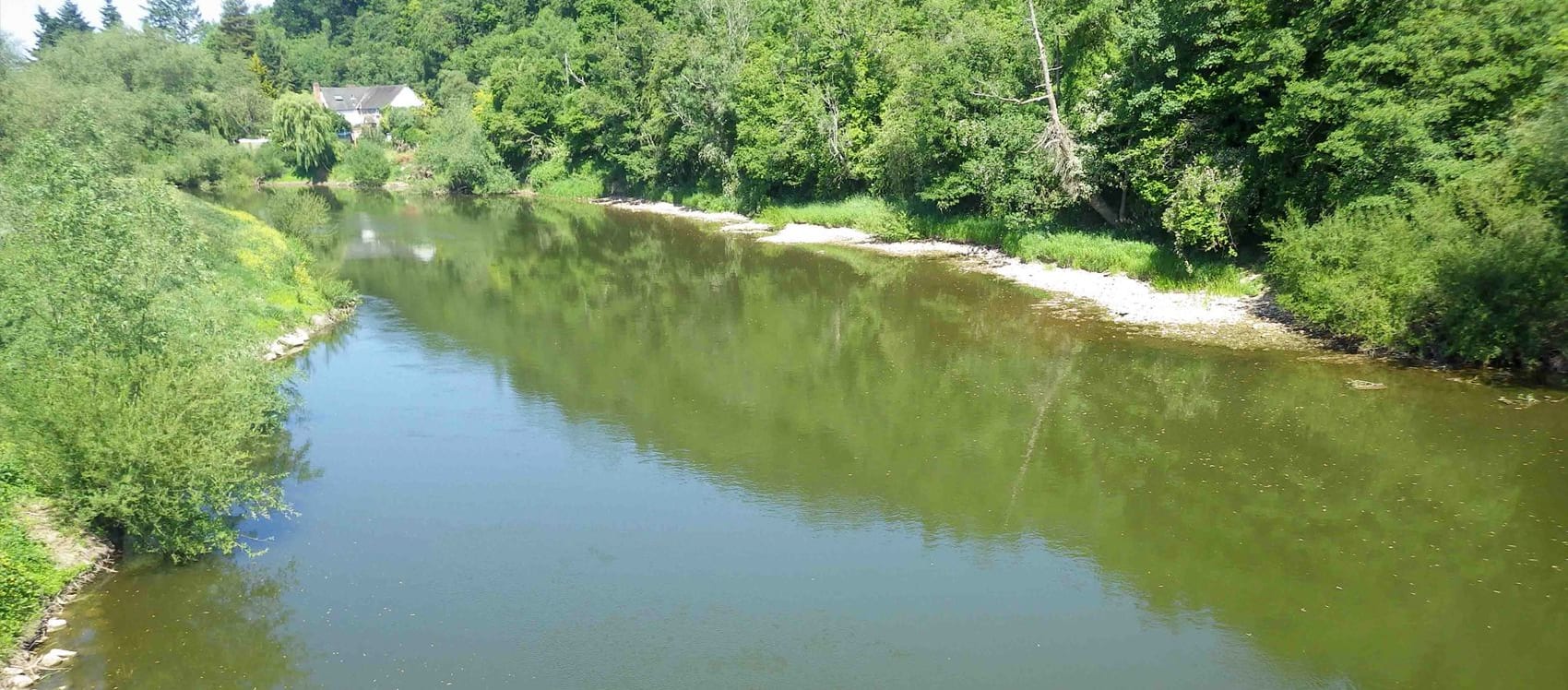High levels of phosphate and nitrogen change the ecology of rivers.
Entering the water via point (e.g. Combined Sewer Overflows) and diffuse (e.g. agricultural) sources, these nutrients can cause eutrophication and algal blooms which have a detrimental effect on aquatic life and river ecosystems.
Much of the Wye and Usk catchments are currently failing to meet Water Framework Directive (WFD) water quality standards for phosphorus, with levels exceeding accepted standards in many sub-catchments. This issue is now being recognised by local authorities. In 2019 Herefordshire Council declared a moratorium on new housing development in the River Lugg catchment where the development may lead to increased levels of phosphate in the rivers.
Thankfully, there are some solutions available to mitigate phosphorus pollution, which the Foundation is equipped and able to provide.
Wetlands
Wetlands can be constructed to reduce the amount of phosphorus and nitrogen entering rivers, as well as providing many other ecosystem services.
They are sustainable natural systems which are able to absorb and store nutrients as water flows slowly through them before entering the river. Plants, algae and bacteria within the wetland take up the nutrients (also known as assimilation), which means it acts as a natural ‘filter’ and improves water quality.
Wetlands can be constructed close to waste water treatment works to filter effluent or situated on farms to filter reduce nutrients in agricultural runoff.
For rivers, the benefits of wetlands are better water quality and less sediment. But there they perform several other “ecosystem services” too:
- Biodiversity enhancement – creating a wetland habitat
- Attenuating rainfall from storm events – Natural Flood Management
- Carbon sequestration towards combating climate change
- Tourism and recreation – provide a biodiverse habitat which people can enjoy
The Foundation has planned and designed two wetlands near waste water treatment works in the River Lugg catchment. They will provide the final treatment to the outfall from the works, further reducing phosphorus levels.
Their construction will allow for the generation of phosphate ‘credits’ which can free up capacity to develop new housing in the area. Most importantly, even with these credits, there will still be significantly less phosphorus leaving the works and entering the Wye.
We are also working with Hereford Council to plan and design a third wetland at another sewage treatment works in the Lugg catchment. This site was selected after a scoping exercise by the Foundation identified a number of other suitable sites.
We are grateful to the Heritage Lottery for supporting this area of our work.





